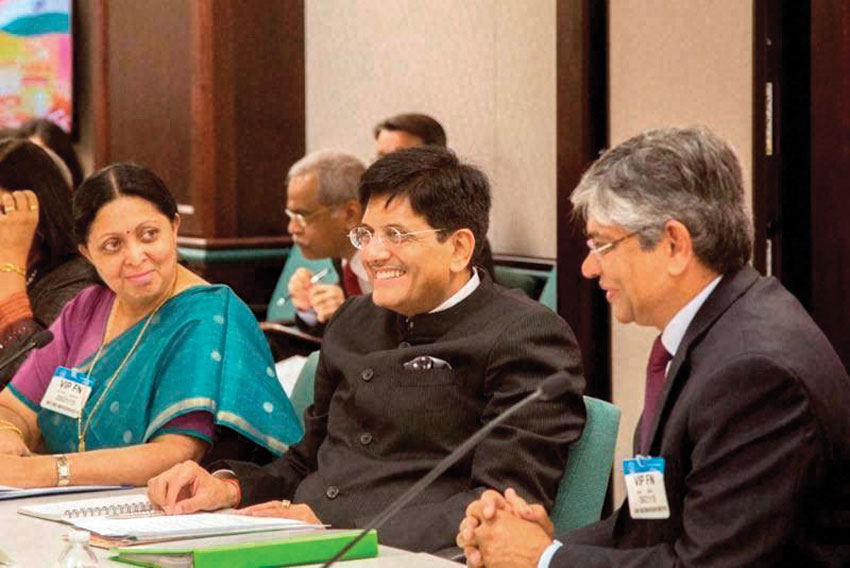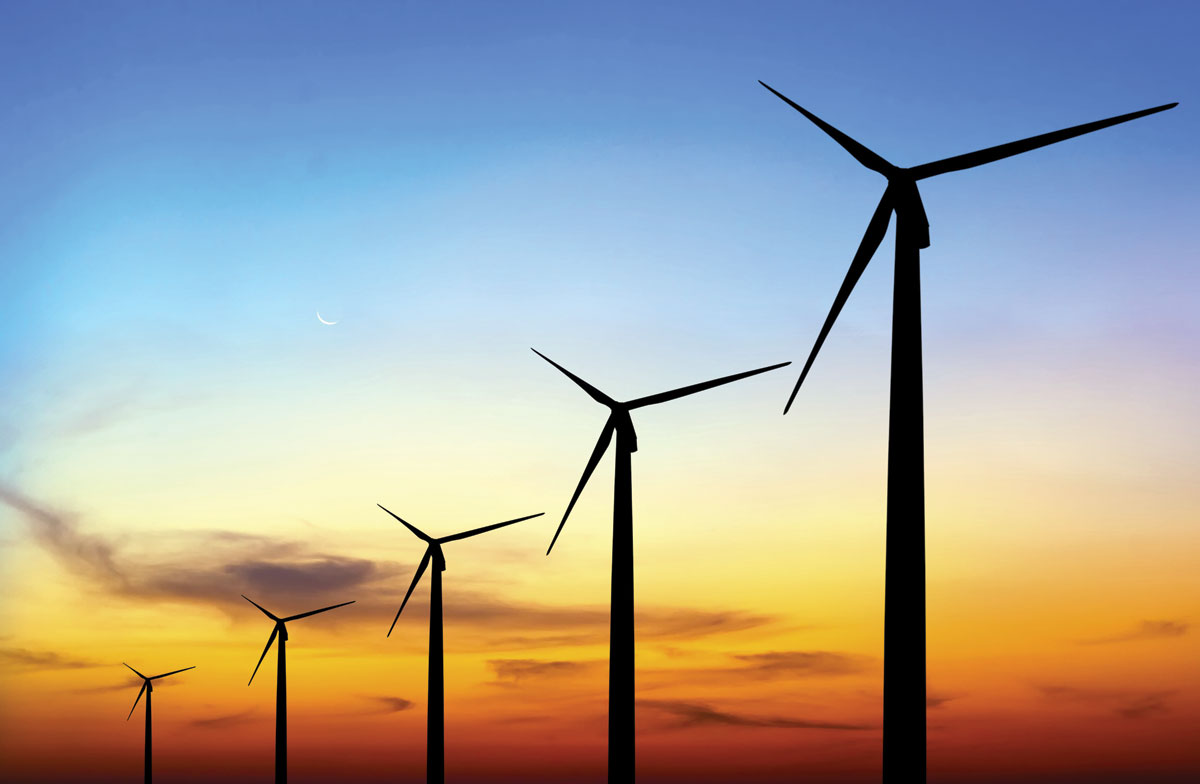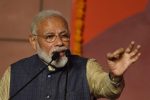LOOKING BEYOND LAND FOR DEVELOPMENT
Given the land acquisition hurdle to development, the Modi (@narendramodi) government is looking at an out-of-the-box idea to circumvent the vexed issue. One way is to look at natural resources beyond land, such as the sea. Recently, New Delhi approved the National Offshore Wind Energy Policy that aims to harness the clean energy along the country’s 7,600 km coastline. The policy will enable projects and research and development activities up to a seaward distance of 200 nautical miles that constitutes the exclusive economic zone (EEZ) of the country, writes Siddharth Srivastava.
The action plan is aimed to help India achieve its renewable energy targets that have been set at 100,000 MW of solar energy capacity and 60,000 MW of wind energy by 2022. One big plus will be the ability of government and developers to push forward offshore wind projects without worrying about expensive and politically difficult land acquisition process that can potentially delay and derail onshore projects. Globally, installed capacity of offshore wind projects is 8,500 MW, with UK alone accounting for more than half the installations. Capital expenditure for setting up offshore wind energy projects can be 2.5 times greater than the onshore alternative. However, the scale and size of offshore projects that can range from 1,000 MW to 2,000 MW and much higher Plant Load Factor (PLF) are compensatory factors.
Typically, the PLF of offshore wind project is in the range 30% to 45%, which is double PLF of onshore projects. According to Piyush Goyal, India’s minister for coal, power and news & renewable energy, the new offshore policy is a pioneering step in promoting renewable energy. “There will be wind energy mapping and locations with high potential will be identified. Government will get all approvals for these areas from departments such as defense, shipping, coast guard and space and offer them under bidding. This will ensure seamless and time bound approval process,” said Goyal.
The minister said initial estimates reveal the 1,600 km Gujarat coastline has potential to generate 106,000 MW of offshore wind energy and Tamil Nadu, 60,000 MW. Of India’s 36,640 MW of installed renewable power capacity, around 23,860 MW is onshore wind. New Delhi recently revised upwards estimates of India’s onshore wind potential to 302 GW. India’s offshore wind policy is a culmination of efforts over the last couple of years. In October last year, New Delhi set up a joint venture firm to execute India’s first offshore wind power project of 100 MW capacity in Gujarat.
Wind energy players in India include #Vestas, #Gamesa and #Suzlon. Project developers have reacted positively to the new policy. Pune-based @SuzlonGroup, that has been studying the offshore wind segment over the last two years, has welcomed the move.
Suzlon has identified potential of 1,000 MW offshore wind energy in Kutch region in Gujarat. Though the entity has sold its German subsidiary #Senvion, with known expertise in offshore wind installations, it has retained the offshore technologies license for the Indian market. It will look to capitalize on the advantage.

In a statement Tulsi Tanti, chairman, Suzlon Group said: “India has enormous offshore wind energy potential and cabinet approval is set in right direction to unlock this opportunity. Offshore wind energy implementation requires fair amount of approvals from various departments. This decision will simplify and create single window system for approvals from various central government departments and state maritime boards too.”
However, there are doubts about ideal natural conditions for offshore wind projects in India, especially along the East coast.
These include calm shallow seas and adequate wind velocity, advantages enjoyed by Europe. The East coast of India is rocky, earthquake prone with a steep shoreline and unpredictable tidal waves. The 2004 Tsunami caused huge devastation in Tamil Nadu. Some experts believe that India should focus on exploiting the potential of onshore wind as the technology is proven and cost-effective while the offshore segment is still a work in progress.
Karthik Ganesan, a senior research associate at Council on Energy, Environment and Water (CEEW), a policy research institute, told financial daily Mint, “It is a long way to go in onshore wind power itself. Offshore wind power in the long run will certainly become a good option and a necessary component of our renewable power, as it would be cheaper and consistent. But right now we need to give investors confidence in onshore wind power.”
The Indian government is often criticized for delaying policy formulations to enable investors to make informed decisions.
By setting out a blueprint for offshore wind, New Delhi has underlined its intention of backing all forms of renewable energy.
No doubt, given the steep decline in cost, the focus is going to be on solar and onshore wind projects in the next few years.
The option for investing in offshore wind, however, has been streamlined. Should investor interest build for offshore wind generation, given problems linked to land acquisition processes for onshore projects, India will not be caught lagging or napping.


